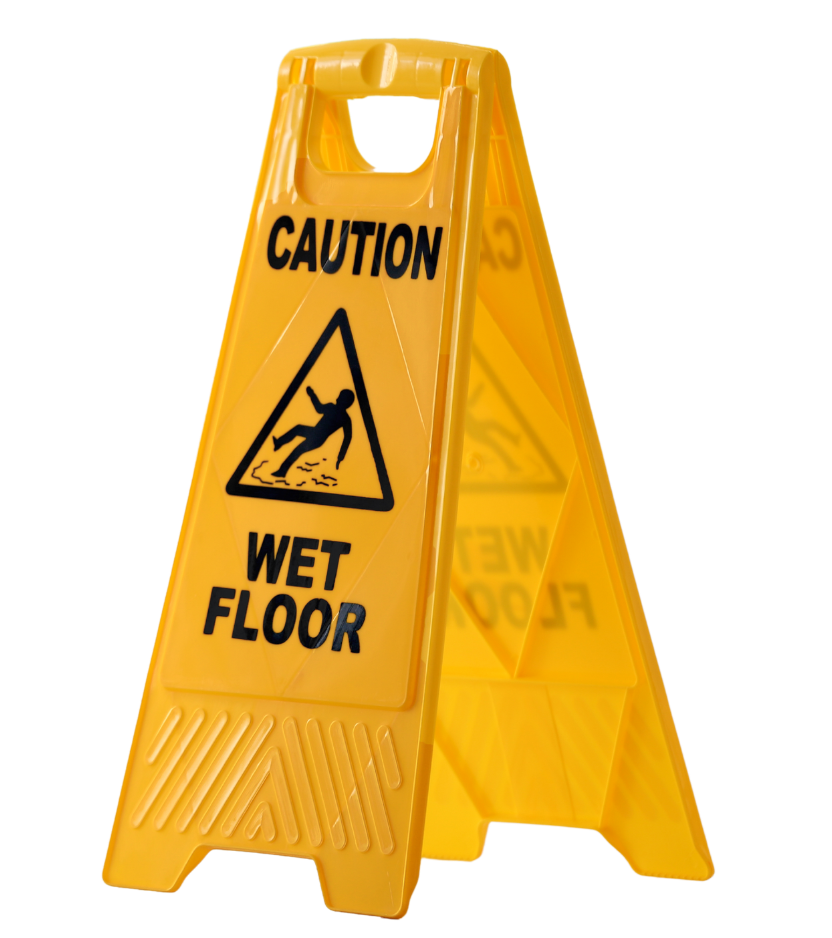Sustainable Janitorial and Premises Management supplies
High-performing hygiene and Health & Safety products for clean, productive work spaces

High-performing hygiene and Health & Safety products for clean, productive work spaces

Taking care of staff welfare is essential to maintaining a productive and safe working environment. There are a number of products as well as equipment needed in maintaining this in a commercial setting, for every organisation and circumstance. Sustainable janitorial and premises management supplies means being able to keep the workplace clean, well-organised as well as reducing risk for all employees, visitors and customers on site.
The use of eco-friendly cleaning products can really accelerate your sustainability goals. The Miniml range of plant-based natural products continues to grow in supporting key product swaps delivered through an easy closed loop system. This helps to reduce carbon footprint and Miniml have been able to remove over 2 million tonnes of waste plastic from the supply chain.
